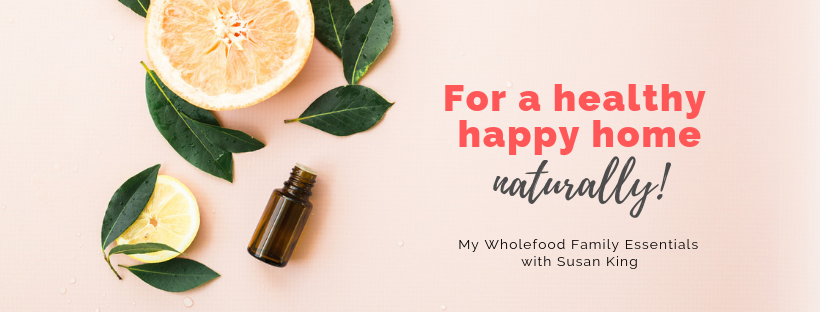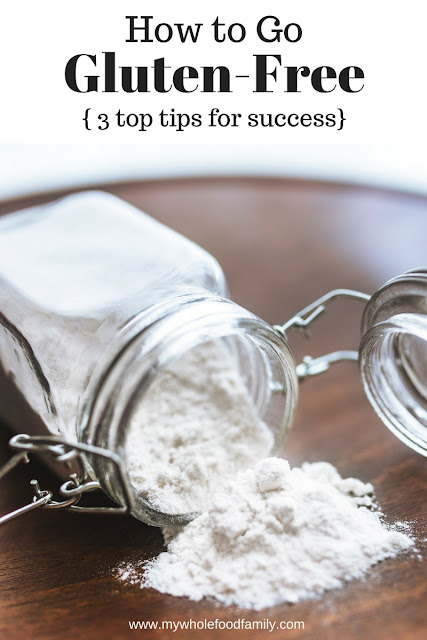Tuesday, November 15, 2016
3 top tips for going gluten free (and my favourite gluten free flour recipe)
Let me say up front that I love bread. Like really LOVE it.
To me the aroma of freshly baked bread is one of the best smells in the world, so the thought of not being able to indulge in a piece, warm from the oven and smeared with butter was ... upsetting.
But after years of ill-health and lots of niggly issues that just wouldn't go away, it was time to bite the bullet and cut out gluten.
Now if you listen to mainstream media you will probably hear that going gluten-free is a fad, that there's no benefit in doing so and that it may even be harmful. I think that's rubbish personally, and naturopath Jules Galloway sums it up perfectly here.
So while I don't have coeliac disease, since going gluten free I have noticed:
- less brain fog
- more energy
- no more constant runny nose
- fewer headaches
- less bloating
Doesn't sound like a harmful fad to me!
I made the decision to go gluten-free back in July and haven't looked back.
As I was already eating a wholefoods type of diet I was expecting it to be relatively painless but I definitely got hit with withdrawal symptoms. It was fascinating to see just how much my body craved carbs and how often I would normally reach for 'a little something', a biscuit or piece of toast, something to keep me going until the next meal.
So based on my experience with going gluten free, here are my top 3 tips:
(And I just have to preface this by saying if you suspect you have coeliac disease, please seek medical advice before cutting out gluten. You need gluten in your system for the testing to be accurate so please see your doctor! For everybody else who suspects gluten may not be the best thing for you, read on).
1. Approach this as an experiment.
Going gluten free is entirely your choice, and for now, you are choosing not to eat gluten. Take each day as it comes and really listen to your body.
Keeping a journal is a great idea. Keep track of what you are eating and how you feel afterwards. For me, eating traditional wheat-based pancakes for breakfast practically sends me into a coma and makes me feel bloated and lethargic for the rest of the day. But I can eat gluten free pancakes and feel great. Seems obvious when you think about it!
2. Focus on foods that are naturally gluten-free.
We are really lucky these days to have access to gluten free products in the supermarket. You can buy gluten-free bread, pasta, crackers, cakes ... you name it. But gluten free bread is definitely not the same as wheat bread. It won't taste the same, look the same and may not work in the same way. I am yet to find a gluten-free bread that is good for sandwiches although most make great toast. Most brands are also full of additives and preservatives which is not what I want.
So instead of focusing on all the foods you can't eat (because let's face it, gluten is hiding almost everywhere), think about everything you CAN eat. Meat, fish, poultry, fruits, vegetables, nuts, seeds, dairy products ... all of these are naturally gluten free, nourishing and delicious.
3. Plan an alternative so you don't feel deprived
If the rest of your family is having pizza, one of 2 things will happen. You will either feel angry and deprived, or you'll give in and have some. So plan ahead. Make sure you have a gluten free base on hand ready to go, or a recipe to make your own. Make a batch of muffins or bliss balls and stash them in the freezer so you have a sweet treat to have while your coworkers are gobbling down birthday cake. Feeling deprived will make you miserable, even if you're feeling better in other ways.
Now I love baking and am pretty experienced, but even I have had some gluten-free disasters. I'm talking muffins like bricks, and pizza base so tough we couldn't even break it!
The Orgran brand plain and self-raising flours at the supermarket are great, but I've also come up with my own recipe that I keep on hand. And if that's too much, a simple 50:50 blend of buckwheat and rice flours also works well for most recipes like biscuits and muffins.
My favourite gluten-free flour mix
200g sorghum flour
200g buckwheat flour
200g white rice flour
100g brown rice flour
300g potato starch
1 tbs psyllium powder
Place all ingredients into a very large bowl and use a whisk to mix well together.
Store in an airtight container.
If I was to add a top tip #4 it would be to choose your start date carefully - don't make things harder on yourself by quitting gluten a week before your birthday or Christmas or some other normally gluten-free celebration.
To help you on your gluten-free journey I've done up a handy printable showing 10 of my favourite gluten-free grains, their health benefits and how to use them. Just click on the image below to grab your copy now!
Have you gone gluten free? Did you notice any great improvements? How has it changed the way you cook and eat?
I would love to hear your thoughts.
Susan
Subscribe to:
Post Comments (Atom)




No comments:
Post a Comment
Thanks for reading! Questions or comments? I would love to hear from you ...